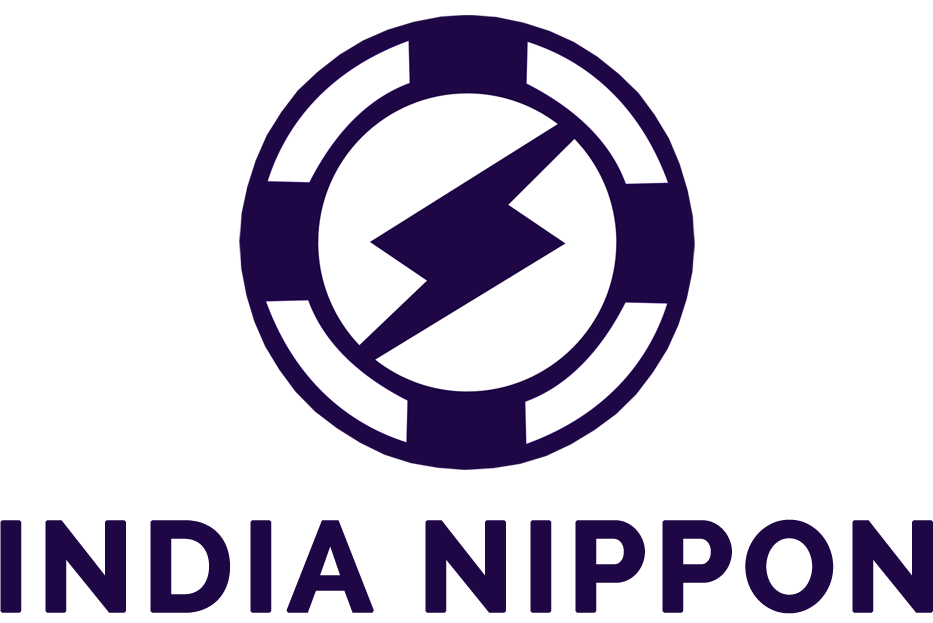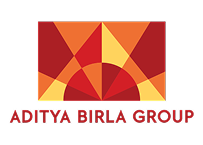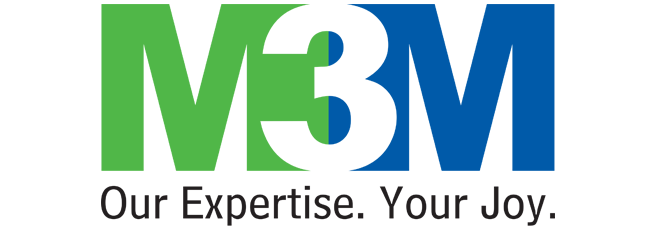Mehak Chawla • October 14, 2025
Procurement orchestration: All you need to know in 2025

Last update: October 8, 2025
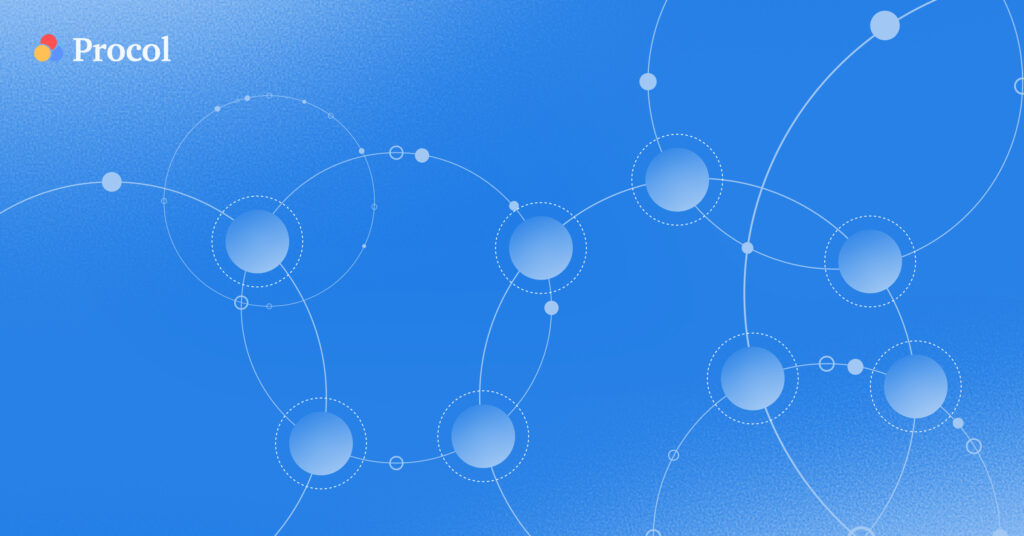
Procurement in many organizations can be complex and confusing. Without transparent processes, employees may bypass formal workflows, resulting in unauthorized spending and increased manual work. Procurement orchestration streamlines and simplifies these workflows, reducing inefficiencies caused by siloed systems. By integrating existing tools and systems into a single, collaborative layer, it provides financial and procurement leaders with complete visibility and control at every stage. Orchestration ensures smoother processes, improved compliance, and faster cycle times, enabling employees to follow established procedures with ease.
This guide explains how procurement orchestration works and highlights signs that your organization may need this as a platform.
What is procurement orchestration?
Procurement orchestration is the strategic coordination of people, processes, systems, and data across the entire procurement lifecycle, from sourcing to payment. Instead of working in silos, it brings everything together into one connected workflow. Utilizing automation, AI, and cloud platforms provides complete visibility, enhances efficiency, ensures compliance, and enables businesses to make faster and smarter decisions. It improves the stakeholder experience by providing a single point of contact for all procurement needs, removing the hassle of navigating complex processes and systems.

Why do you use procurement orchestration?
Procurement orchestration is essential for modern enterprises. It connects systems, processes, and stakeholders into a unified workflow, helping procurement deliver greater strategic value.
Here’s why you should use this in your organization.
1. Managing complexity
Procurement developed cost savings to become a strategic advisor. Orchestration enables centralized procurement, simplifying processes, reducing silos, and aligning strategies across business units.
2. Unifying technology
Procurement tech stacks often create inefficiencies and poor visibility. Orchestration integrates these systems, ensuring consistency, adoption, and reliable insights.
3. Personalizing at scale
Enterprises need to balance standardization and flexibility simultaneously. Orchestration enables procurement to apply enterprise-wide policies while tailoring workflows and category strategies to meet the specific needs of each business unit.
4. Benefits across the organization
Business units get a single contact, finance gains visibility and compliance, and suppliers enjoy smoother onboarding, making procurement a true strategic partner.
Top 12 procurement orchestration platforms in 2025
As procurement transformation becomes increasingly complex, organizations are turning to orchestration platforms to unify their systems, streamline workflows, and enhance visibility across the entire purchasing process. These platforms help reduce fragmentation, automate routine tasks, and enable better collaboration between business units, suppliers, and finance.
Below are some of the leading platforms you should know:
| Platform | Key strengths |
|---|---|
| Procol | Intelligent orchestration with seamless intake, a perfect user-friendly dashboard for seamless procurement process approval, and integration across ERP. |
| Zip | Single front door intake &workflow standardization for faster adoption. |
| Focal point | Unified financial and operational data, strong analytics, and customizable dashboards. |
| ORO labs | AI-powered automation for supplier orchestration, demand-to-pay, and innovative spend management. |
| Airbase | All-in-one spend management with workflow control, payments, and accounting integration. |
| SpendHQ | Central hub for spend intelligence, performance reporting, ESG, and compliance tracking. |
| Tipalti | End-to-end AP automation, including intake forms, approvals, onboarding, and ERP PO synchronization. |
| Tonkean | AI orchestration platform for building intuitive, user-friendly procurement workflows. |
| Ramp | Expense and procurement control with custom intake forms, approvals, and real-time insights. |
| Arkestro | Predictive procurement orchestration using analytics, supplier feedback, and market insights. |
| DualEntry | Highly rated for ease of use and free software options. |
| Keelvar | Advanced sourcing optimization and automation. |
How does the procurement orchestration process work?
Think of procurement orchestration as a collaboration layer for your entire purchasing tech stack. This software goes further by covering the complete intake-to-pay process. It unifies tools, people, and workflows so everything works in sync. Below are the steps of each stage in the process:
1. Needs identification
Departments raise requests digitally through standardized forms, ensuring timely and accurate demand capture.
2. Supplier sourcing
The system suggests approved suppliers, supports evaluations, and generates RFQs.
3. Request & approvals
Requests and approvals are routed through automated approval workflows based on budget, department, or category.
4. Purchase orders
Purchase orders are created automatically with accurate data, tracked in real time, and shared simultaneously.
5. Vendor collaboration
The vendor confirms orders, delivery dates, and updates via integrated portals for improved transparency.
6. Compliance checks
Compliance checks verify policies, contracts, budgets, and certifications, with alerted issues.
7. Goods receipt
Users confirm the quantity and quality of goods received upon delivery, which is recorded for invoice matching.
8. Invoice & payment
Invoices are matched with POs and receipts, and payments are released if everything aligns.
Key components of procurement orchestration
It brings together people, processes, and data into one seamless system. While some see it as data-driven and others as workflow-focused, successful orchestration is built on four core elements:
1. Procurement as the front door
A centralized procurement process enables stakeholders to easily request goods or services. Intake-to-pay process directs requests to the appropriate workflows, automates low-risk approvals, and ensures compliance management in procurement.
2. Automated workflows
Automation reduces manual work and speeds up processes. From purchase approvals to supplier onboarding and compliance checks, automated workflows standardize operations and free procurement to focus on strategy.
3. Supplier management and visibility
Orchestration improves supplier relationships by streamlining onboarding, tracking performance, and monitoring risks in real time. This visibility strengthens partnerships and helps avoid supply chain disruptions.
4. Data and compliance oversight
With real-time analytics, procurement teams can identify spending trends, forecast demand, and automatically track compliance. Data-driven insights make procurement proactive, improving agility and efficiency.
Core benefits of procurement orchestration
The benefits streamlines processes, connects stakeholders, and create a more agile, data-driven procurement function. Here are the key benefits:
1. Enhanced operational efficiency
It consolidates all procurement tasks in one place, reduces errors, and accelerates the overall process.
2. Cost savings
With automation and data insights, organisations can identify cost-saving opportunities, such as volume discounts, improved supplier negotiation, and reduced manual work.
3. Improved supplier relationship
Through open communication and shared performance data, build trust and improve collaboration that improves the relationship with suppliers.
4. Data-driven and decision-making
Centralized data provides clear insights into spending, sourcing, and suppliers, enabling businesses to make informed choices.
5. Risk mitigation
Early warnings from predictive tools help mark supplier or delivery issues before they cause significant problems for an organisation.
6. Scalability and agility
It enables organisations to adapt to market changes by integrating systems, ensuring flexibility.
7. Sustainability and compliance
Streamlined procurement enables the tracking and management of compliance, as well as errors related to sustainability goals, thereby reducing the risk of non-compliance.
8. Faster cycle times
Automates approvals and workflows, speeding up procurement processes from request to delivery.
9. Better collaboration across teams
Connects departments, finance, and suppliers on a unified platform, improving communication and reducing silos.
10. Enhanced visibility and control
Provides end-to-end oversight of spending, supplier performance, and procurement activities, enabling more effective management.
3 common challenges of procurement orchestration
While orchestration offers clear benefits, implementing it is not without obstacles. Organizations often face cultural resistance, process alignment issues, and the need to prove tangible results. Addressing these challenges early is key to long-term success.
1. Change management
Organisations resist giving up control of their own procurement transformation. Concerns include slower response times, losing supplier relationships, and adapting to new systems. Engaging business unit leaders early and involving them in the design helps build trust and buy-in.
2. Balancing standardization and flexibility
While balancing standardization improves efficiency, compliance, and visibility, these benefits can be too much to feel restrictive. The challenge is finding the right balance that maintains control but still allows customization for specific business needs.
3. Measuring value
Proving ROI is critical. Without clear metrics on savings, efficiency, or risk reduction, orchestration may be seen as unnecessary bureaucracy. Tracking and showcasing results helps sustain leadership support.
4. Integration complexity
Most organizations already use multiple systems like ERP, finance, and legacy procurement tools. Bringing them together under a single orchestration platform can be technically complex, requiring significant time, resources, and IT expertise.
5. Supplier adoption
Suppliers may hesitate to use new portals or tools. If they don’t engage fully, collaboration weakens, and the organization cannot maximize the platform’s benefits.
Best signs that your organization needs procurement orchestration
Many organizations find that legacy solutions no longer meet the flexibility, user experience, or capabilities required as procurement grows more complex. Here are signs that could benefit your business:
1. Fragmented processes
Multiple disconnected systems create silos and manual workflows. Orchestration links them together, giving all teams visibility while allowing each to work in their preferred tools.
2. Lack of data visibility
If teams constantly chase receipts or approvals, orchestration solves this with a single intake process that keeps every request transparent and trackable.
3. Uncontrolled spending
Complex or outdated systems often drive employees to bypass procurement. Orchestration enforces clear, user-friendly workflows that reduce spend analysis and strengthen financial governance.
Implementing procurement orchestration in your organisation through Procol
Procol is one of the most reliable platforms for implementing procurement orchestration, offering a comprehensive solution that simplifies the entire purchasing process. With its user-friendly interface, customizable intake forms, and automated workflows, it ensures requests are directed to the right stakeholders without delays.
Rather than relying on process automation, this platform offers powerful analytics, providing finance and procurement teams with complete visibility into spend, effective compliance management in procurement, and opportunities for savings. By consolidating data from multiple systems into a single, unified view, it enhances transparency, reduces cycle times, and delivers actionable insights. This makes procurement orchestration seamless for the organisation, suppliers, and finance teams.
Conclusion
Procurement orchestration is more than a process improvement; it is a strategic shift that empowers organizations to unify systems, people, and workflows into one seamless framework. Enabling automation, visibility, and compliance at scale helps businesses operate with greater speed, efficiency, and control. For companies aiming to grow while staying agile, procurement orchestration positions procurement as a true strategic partner, driving value, collaboration, and more intelligent decision-making across the enterprise.

Frequently asked questions
What is procurement orchestration software?
Procurement orchestration software is a technical platform that streamlines the procurement process by connecting with systems and data to create a unified workflow, which is beneficial for an organization.
What do you mean by orchestration?
Orchestration is the coordination of multiple computer systems & services that string together to execute various tasks to execute a larger workflow. It streamlines repeatable processes and helps to manage complex workflows.
What are the examples of procurement orchestration?
The examples include automated multi-level purchase approvals, source-to-contract workflows, and incident-based procurement routing, among others.
What is predictive procurement orchestration?
It is a process that optimizes procurement needs, which helps in identifying potential issues & making informed decisions.
What is intake and orchestration in procurement?
Intake in procurement is a front-end process, where orchestration is a back-end process. Intake is mainly used for collecting and streamlining data, whereas orchestration is used for coordinating workflows.
What is intake in orchestration?
Intake orchestration is a platform that empowers procurement teams to achieve a complete, efficient & strategic resolution to a business process.
Schedule a Demo
We’d love to hear from you. Please give us a call on +1 (209) 305-4922.
Explore more from Procol
Discover expert tips, how-to guides, industry insights, and the latest procurement trends.
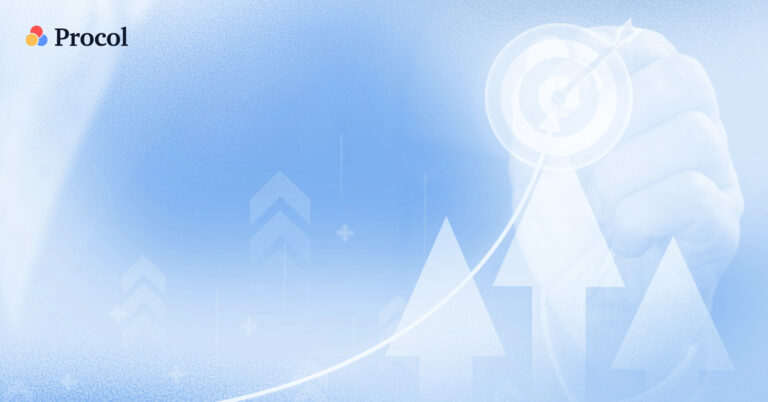
Streamline your sourcing process with eRFx software
Organizations are embracing tools for digital procurement, such as eRFx, to...
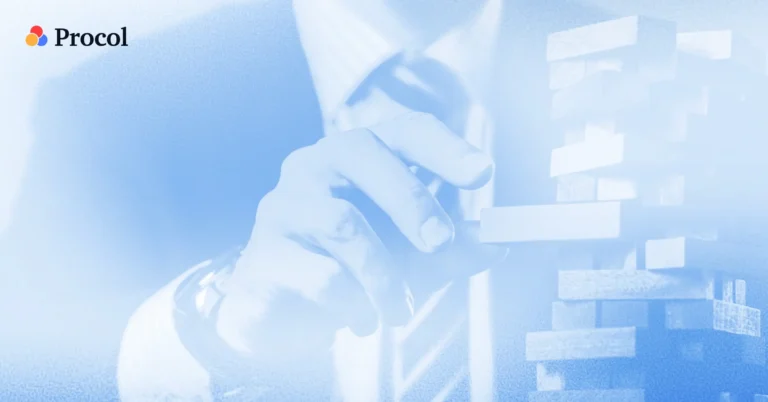
Vendor risk management (VRM): A complete guide 2025
Vendor risk management is important for creating resilient and effective supply...
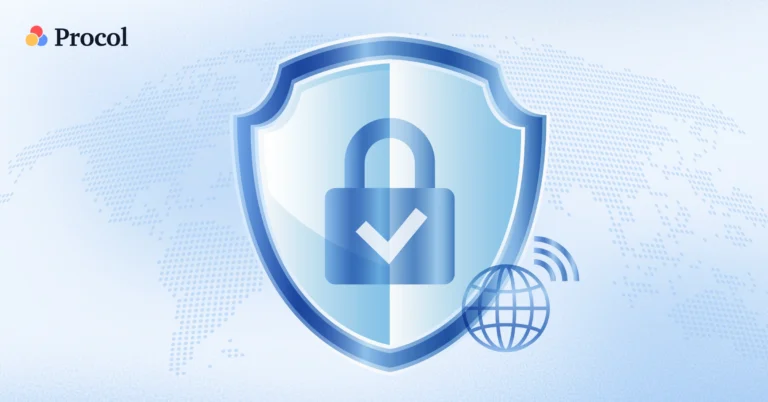
What is supply chain risk management (SCRM)? | Definition & steps
In an increasingly interconnected world, organizations rely on smooth supply chain...

